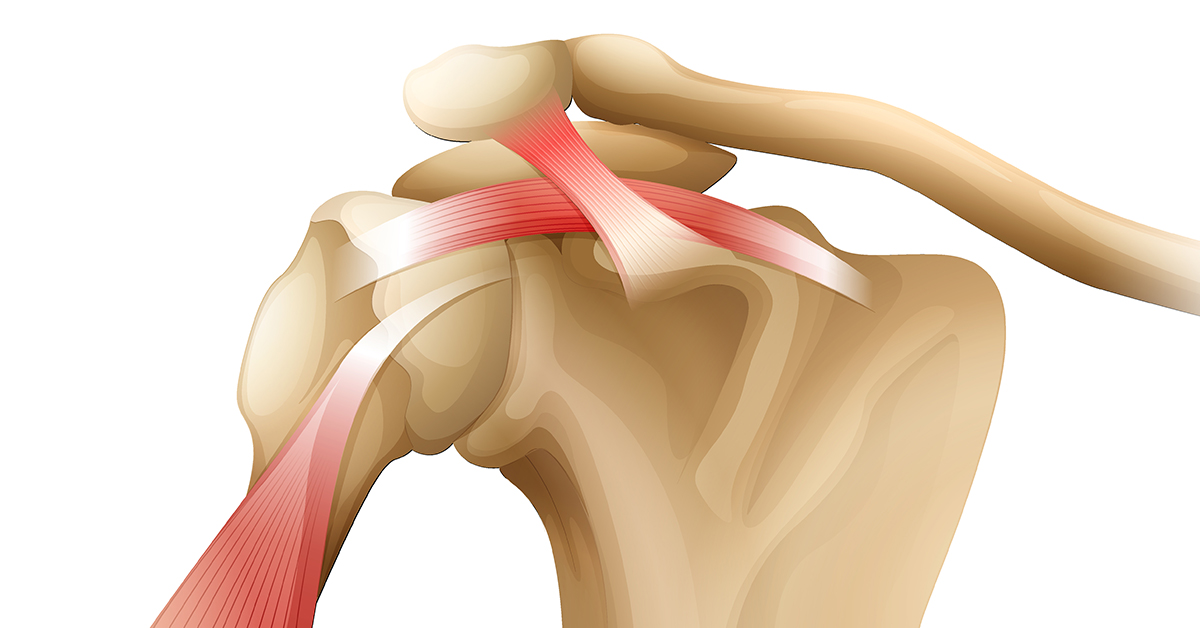
What is Mini-Open Rotator Cuff Repair?
Mini-Open Rotator Cuff Repair is a procedure used to examine the rotator cuff in the shoulder and to repair torn tendons. The examination part of this procedure is performed using an arthroscope, which is a small camera that is inserted through small incisions. Minor repairs may be made using other minimally invasive options, but if the damage found is severe, your surgeon may need to make a larger, open incision to reattach the torn tendons.
Who needs Mini-Open Rotator Cuff Repair?
Rotator cuff injury is very common and very painful. People who work or perform in a manner that requires repetitive stress on the rotator cuff tendons, like those who do work that requires extensive arm lifting, and anyone over the age of 40 could potentially suffer from a rotator cuff tear. Symptoms include arm weakness or pain when lifting, making specific movements, or rotating the arm, pain when resting on the affected shoulder, and a crackling sensation in the shoulder when performing certain movements. Pain from rotator cuff damage increases as time goes on.
What are the steps in Mini-Open Rotator Cuff Repair?
Insertion of the Arthroscope
Once all preparations have been made, your surgeon will make some small incisions in your shoulder. A small camera called an arthroscope will be inserted into the joint via the small incision.
Debridement of the Joint
Once the surgeon has a clear view of the inside of your shoulder joint via the arthroscope, other small tools are inserted through the other small incisions. These tools are used to remove debris or loose tendon fragments from the rotator cuff, in a process called debridement. Once debris has been cleaned, your surgeon will inspect the joint via the images provided by the arthroscope to determine what other procedures may be needed.
Smoothing of the Acromion
If bone spurs are found at the bottom of the acromion, the surgeon will smooth them down with a rasp-like tool in a procedure called subacromial decompression. If needed, this is performed to help prevent the acromion from impinging upon the supraspinatus tendon.
Examining the Rotator Cuff
Once any debridement or smoothing has been completed, the surgeon will examine the rotator cuff to determine the extent of any tearing. If no tears are found, this may be the last step of the procedure. However, if tears are found, the surgeon will examine them to determine the best repair option. If the tear is small, it may be repairable using arthroscopic tools. Larger tears may require the surgeon to make a 2 to 3 inch open incision. Once the tear's severity has been determined, your surgeon will clean up the torn end of your tendon and an area on the humerus.
Inserting the Anchors
Then, your surgeon will use a drill or other tool to create one or more small holes in the cleaned area of the humerus. Your surgeon will then insert anchors into these holes. These anchors are placed to hold the stitches to the bone.
Suturing the Tears
Once anchors have been placed, your surgeon reattach the tendon to the humerus by stitching together the torn tendon and pulling the sutures against the anchors.
Ending the Procedure
All tools are removed, and all incisions are closed. The arm is then placed into a sling.
After Surgery
After the procedure, the tendon will reattach itself to the humerus. Physical therapy will be recommended in order for you to regain a full and normal range of motion. The exercises prescribed for you will also help you to gain shoulder strength.
